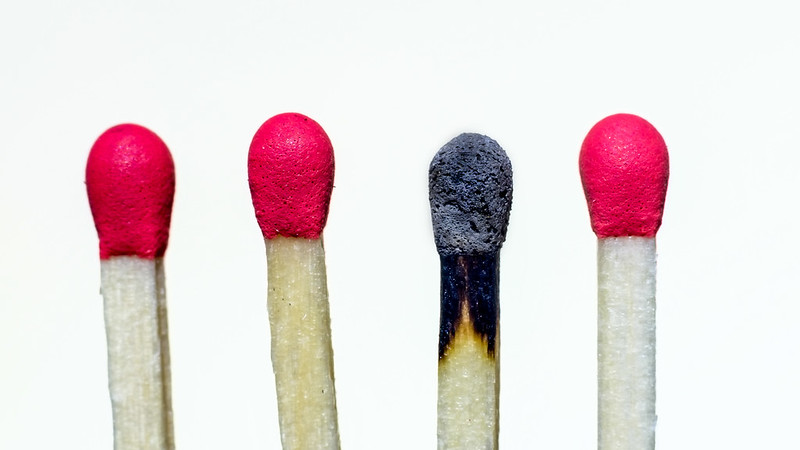
In the post-covid world of education we are finding that teachers have gone from being locked out to burned out, and now many are afraid of being punched out. Our students and our teachers have been through incredible stresses at home personally, financially, and relationally. We have seen first hand that more students are acting out behaviorally, and teachers feel increasingly vulnerable in both the classroom and the staffroom.
In the state of Wyoming, where I am currently teaching, a recent state-wide poll revealed that an alarming 65% of the state’s teachers would leave teaching if they could. I have the honor of working with some of the very best educators I have known in my nearly three decades in education, but many of them would now be counted in that statistic. Schools across the country are understaffed and struggling to fill teaching positions with certified teachers. According to the National Center for Education Statistics, in March of 2022, nearly half of public schools reported full or part-time teaching vacancies. We already know that 44% of teachers leave the profession in the first five years, but recent statistics show larger numbers of teachers leaving the profession due to burnout, low pay, and long hours. In fact, statistically, the average teacher works over 400 hours of unpaid overtime per year.
Many non-educators are often surprised to learn that most teachers will work through an illness because it is just easier than planning for a substitute. However, there are times when teachers need to take time off from work for family or other personal reasons. The current state of things, has teachers struggling even more to take needed personal days due to a significant deficit of willing and qualified substitute teachers to cover classes while they are gone. Earlier this week, there were seventeen vacant sub positions in my district that went unfilled for the day. Teachers are being called upon to cover additional duties, absorb additional students, and to wear an ever-increasing number of hats because of widespread shortages of staff. All of this, while teachers are attempting to fill myriad Covid-related learning gaps, adapt to new educational technologies, and run trauma-informed classrooms.
This greatest asset to our students, the educator in the classroom with them, is in crisis. Schools may offer excellent curriculum, provide access to innovative educational technology, have sufficient financial resources, and build beautiful buildings, but unless and until we recognize that the most significant factor in student outcomes is the teacher, we will continue to see declining achievement in our schools. If we really want to focus on what is best for students, we must begin prioritizing the physical, emotional, and mental needs of teachers, not just students. If we hope to not only retain but continue to attract the very best educators into our classrooms, we must take seriously the environment into which educators are being asked to spend the daily lives. In this trend of quiet quitting, we need to encourage boundary setting and balance while reigniting the passion and calling that has motivated teachers to continue to reach out, to love on, and to invest in even the most difficult students for decades long before quarantine.
It is not enough to simply pay lip-service to self-care and hope for the best. Schools must find ways to be intentional and systematic in the practical support of teachers. Building trust through team-building, encouraging effective collaboration to work smarter and not harder, taking time to build the person not the program must take precedence. Laughter, recognition of strengths, collegial support, effective communication– these are the ingredients to the antidote of what is currently poisoning our profession. Let us get creative and begin to think outside the box, not just for the engagement of our students but for the longevity and well-being of our teachers.

